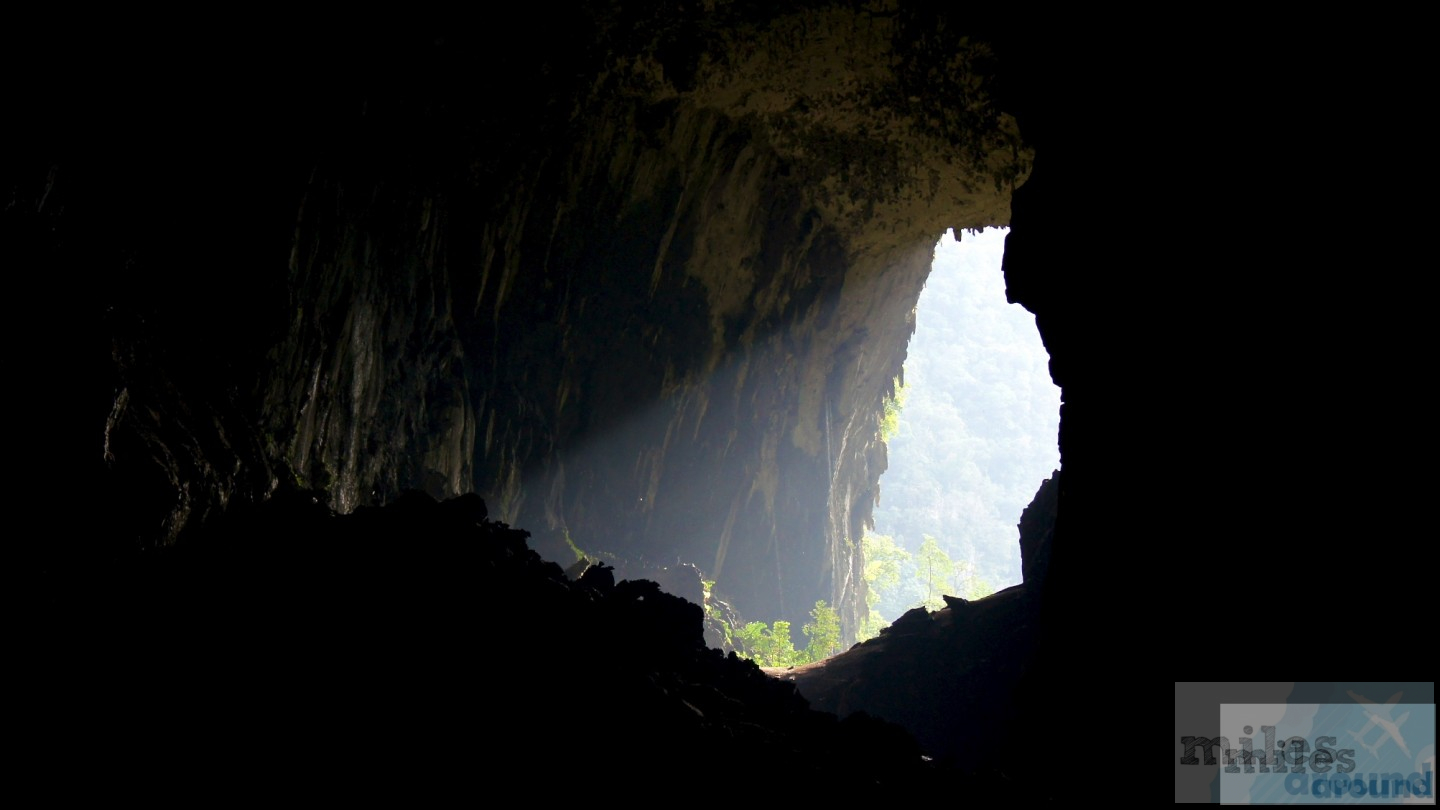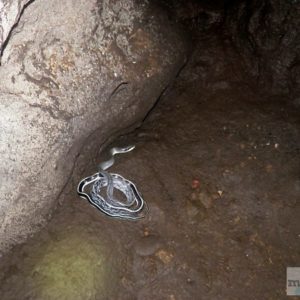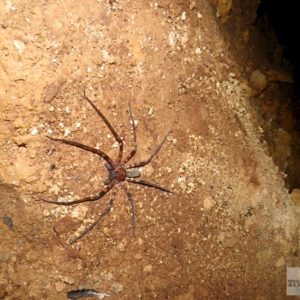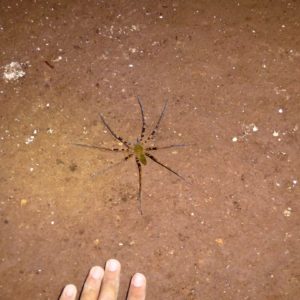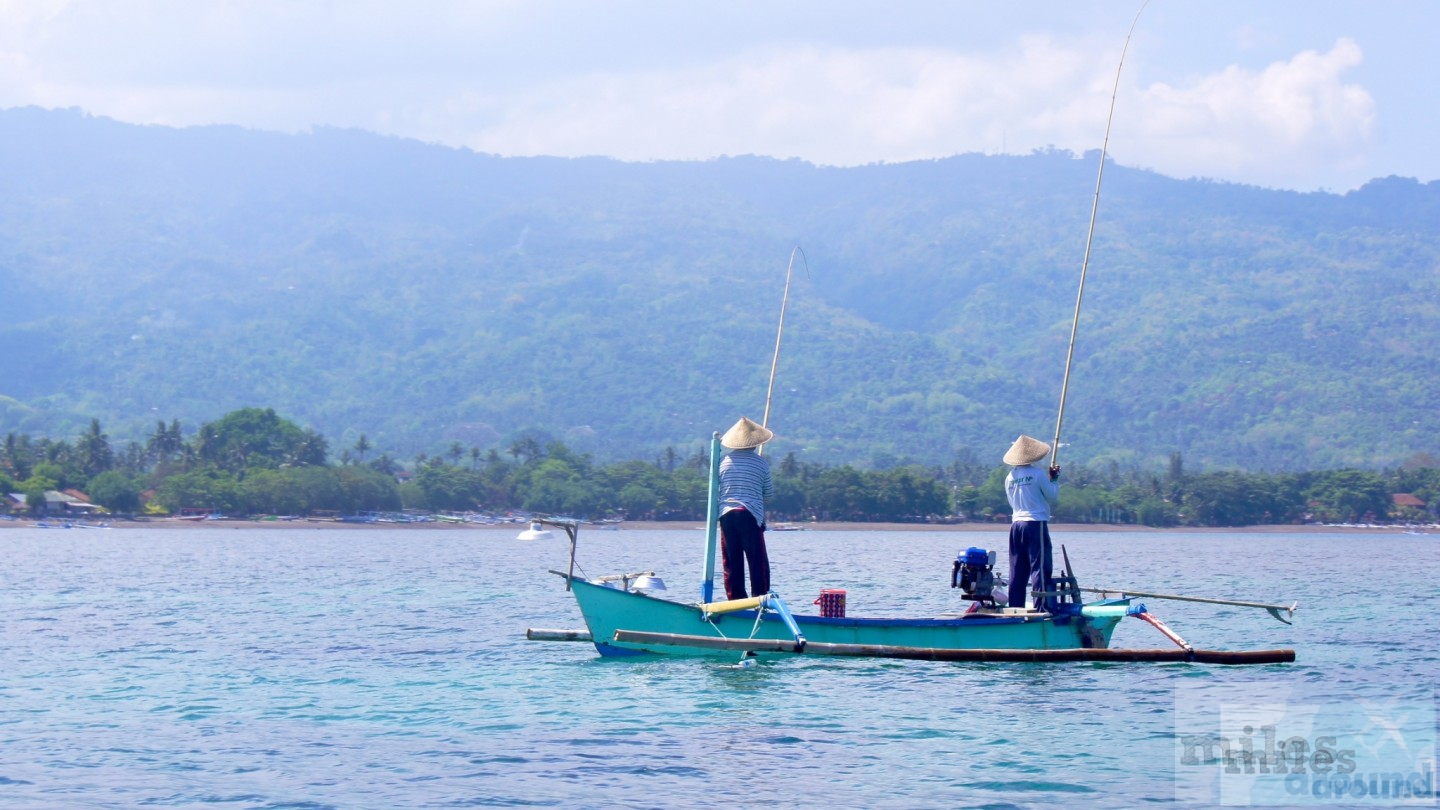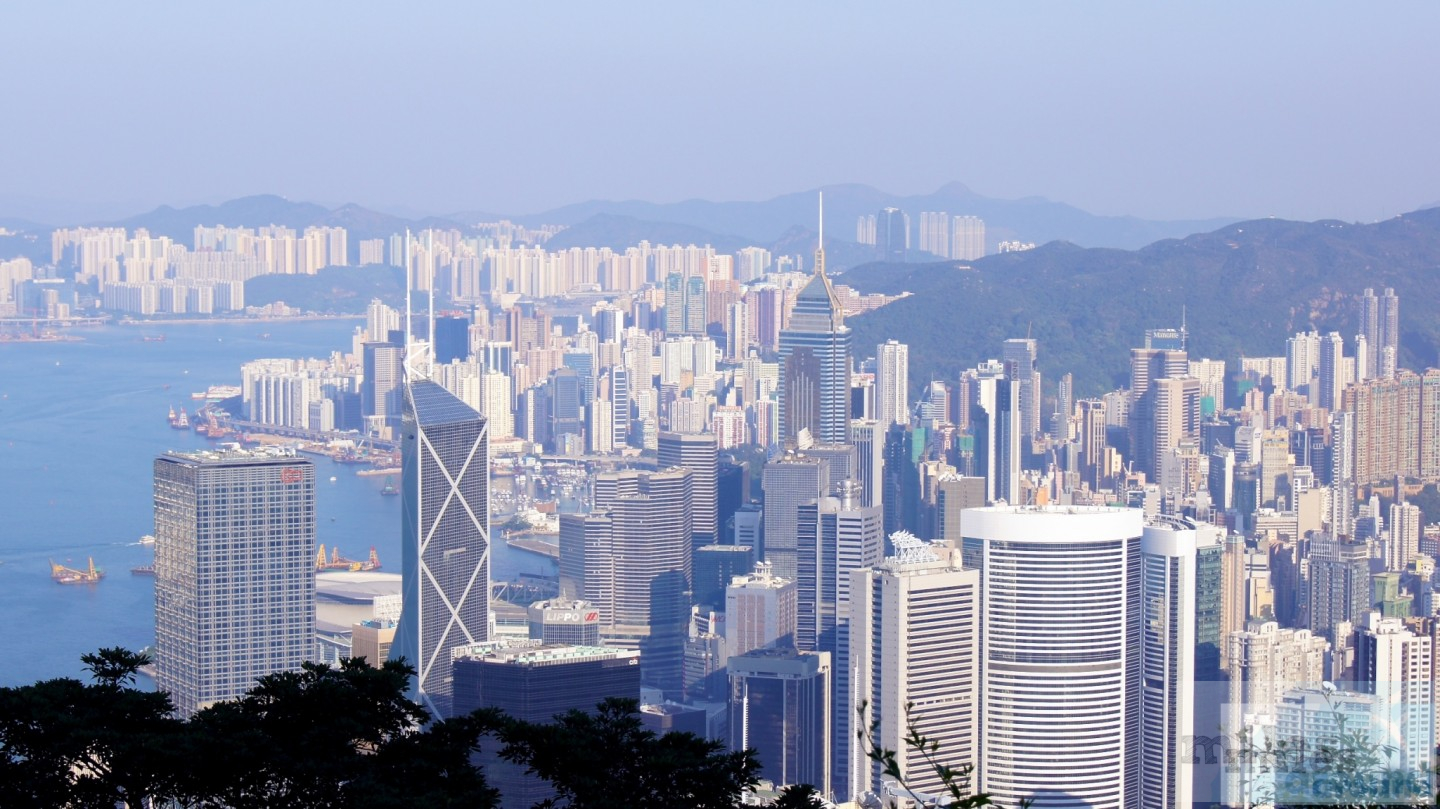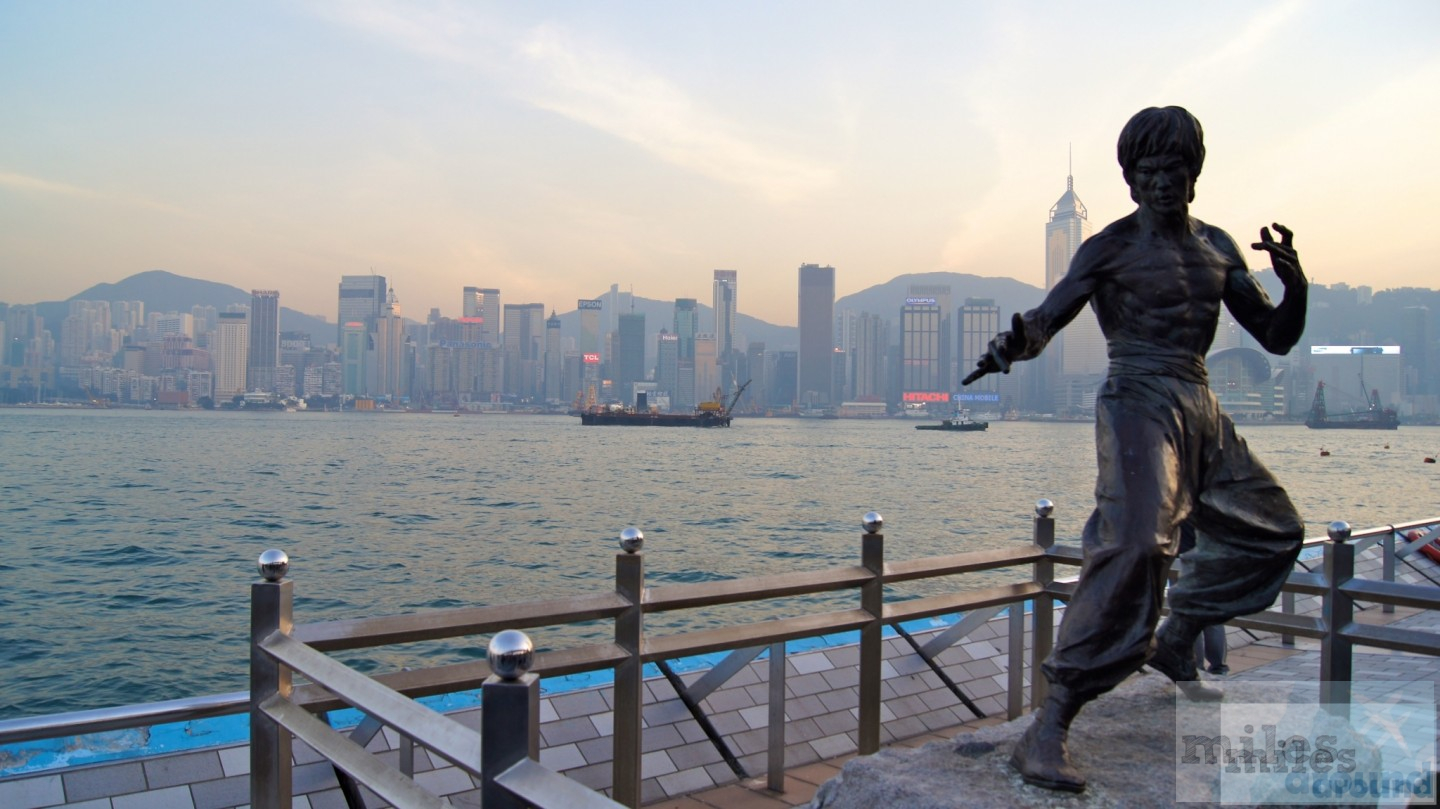Our second day in Mulu began with a small breakfast in the Park Café. Here you can choose between 3 dishes. We opted for pancakes (unfortunately not the American version, just plain pancakes) with fruit. The atmosphere here is particularly nice. The wicker chairs and wooden tables are right on the banks of a river - the jungle begins on the opposite bank. You sit in "civilisation" and can watch the wilderness on the other side of the river.

Adventure tour "Racer Cave" - Gunung Mulu National Park
We then set off on our first guided tour at 8.30 am. We had opted for the "Racer Cave" adventure tour. This is a medium-difficulty tour through the caves of Mulu, where you walk off the beaten track. Unfortunately, the more difficult tours were not possible for us for the reasons already mentioned.

The journey to the cave can either be made on foot in a 1-hour walk through the jungle or by travelling up the river by boat. Our guide had opted for the second option. This gave us the opportunity to observe the local population. They have built pile dwellings pretty much all along the river - strangely enough, not in the water but on land. Why they still use pile dwellings is not entirely clear to us. The people we saw were going about their business by the river. Some were bathing, others were doing the laundry, but most were busy collecting stones to fortify the banks and stacking them in large metal boxes. Everyone is very friendly and waves to us (this also applies to other Malays we have met so far). For Europeans, however, this is very unusual.
After a 15-minute boat trip in a 1 metre wide and 15 metre long longboat with an outboard motor, we arrived at the entrance to our cave. Our group consisted of 7 people including the guide. After a quick check of our equipment, consisting of helmets (yes, safety is a must) and helmet lamps, we set off.

Each cave consists of three zones, the Daylight, Twighlight and Dark zones. The first two are only at the entrance to a cave and we passed through them within 5 minutes. After that it was pitch black and we had to rely on our equipment. As we were on an adventure tour, there were also some obstacles to overcome. The easy tasks included running up and down slippery surfaces and passing through narrow passages. Some of them were so narrow that the helmet only fitted through at certain heights, and the rest of the body had to wriggle behind. The more difficult exercises consisted of climbing up and down greasy, muddy ropes. These were the climbing aids for partly vertical walls with sparse footholds. The walls, which are up to 5 metres high, are easy to master with a little arm strength, even if they are not entirely safe. There is no additional safety equipment, which is why a wrong step or an inaccurate grip could quickly end in a deep fall. However, we overcame the obstacles without any major incidents (apart from minor slips).

But it wasn't just the obstacles that were part of the adventure, the wildlife present also played its part. Bats flew around our ears shortly after we set off. Their clacking calls accompanied us throughout the entire tour. The bats were omnipresent but not disturbing, unlike the numerous spiders lurking in every crevice. These were as big as a saucer and, as our guide told us halfway through the tour, so poisonous that they could be dangerous to humans. Finally, we came across the racer snake that gave the cave its name. This is a small, approx. 80 cm long snake that feeds on small animals and is harmless to humans. There were no plants in this cave.
After about 2 hours, we had walked to the inner end of the cave and back again. The trip is great fun and I personally particularly enjoyed the climbing sections. The tour for 95 MYR (23 €) can be recommended to anyone who is not claustrophobic, can live with insects and finds normal cave tours too boring.

As we were already back by midday, we decided to go on another tour. Due to the exertion in the morning, this time it was to be a cave tour - sightseeing in well-developed caves.
Langs Cave and Deer Cave - the largest cave passage in the world
After a quick refreshment in the Park Café, we set off with a group of 11 people in the direction of Langs Cave and Deer Cave. After about an hour's walk along well-maintained jungle paths, we reached the two caves, which are only 300 metres apart. Langs Cave is a medium-sized cave with some interesting stalactite formations. These are enhanced by the installed lighting. However, this is nothing out of the ordinary for experienced cave visitors like us.

Deers Cave, on the other hand, is in a completely different league. The cave impresses with its gigantic dimensions alone. At 220 metres high and 250 metres wide, it is the largest cave passage in the world. As you walk through the huge chambers, you feel almost tiny compared to the mighty pillars that support the ceiling. It is difficult to capture this enormous structure in pictures or words. A visit is therefore all the more worthwhile.


Bat Exodus - Gunung Mulu National Park
The inhabitants of the Deer Cave include over 3 million bats of 12 different species. With a bit of luck, they can be observed from 5 to 6 pm during the "Bat Exodus". Small groups of several thousand animals set off simultaneously on their foraging expeditions. They leave the cave in long, snake-like formations. The whole spectacle is beautiful to watch but is over again after a few minutes as the onset of darkness reduces visibility.

Afterwards, the way home through the now dark rainforest back to the park headquarters awaits. Sections of the jungle trail are illuminated. The unlit section can also be completed in the dark if the moon is bright and the sky is clear, otherwise a torch is required. As the way home is self-guided, you can use it for a private night walk, listen to the animals in the forest or even watch them. The MYR 20 (€5) per person is well spent on this tour.
Did you like this article? Then why not share it on social media? You'll be supporting our work. Have you already been to Borneo or maybe even to the jungle of Mulu? Then I look forward to your opinion in the Comments.

